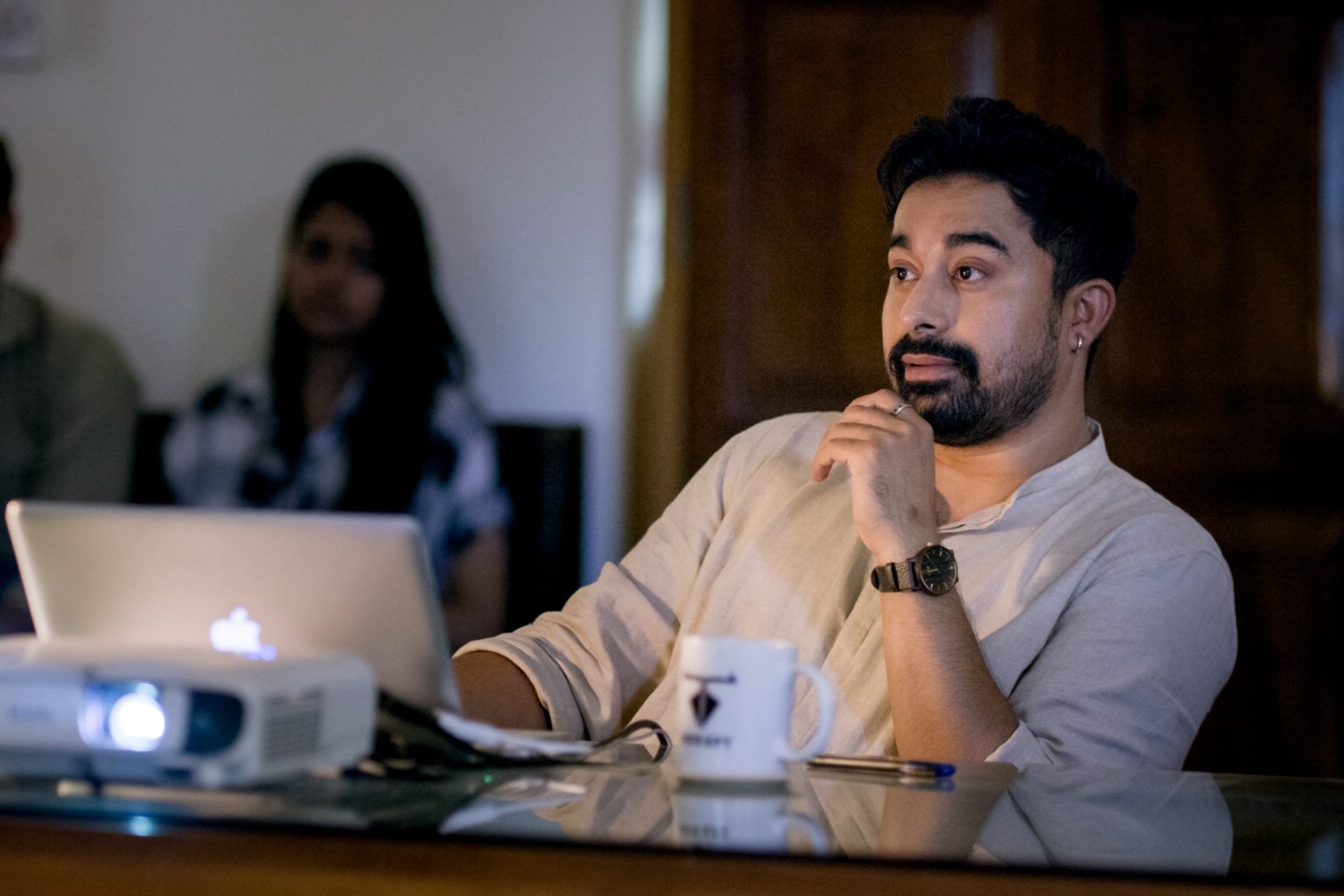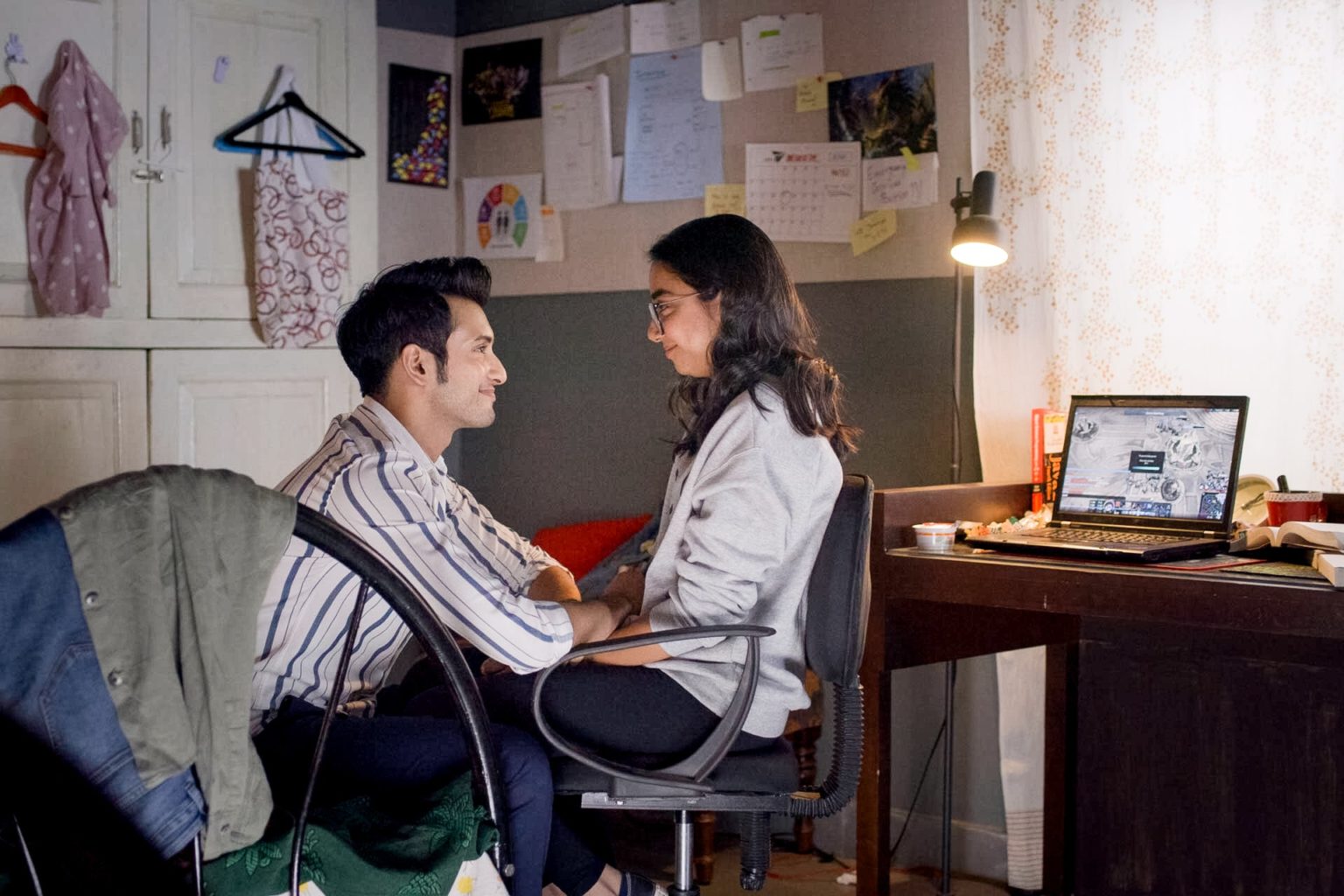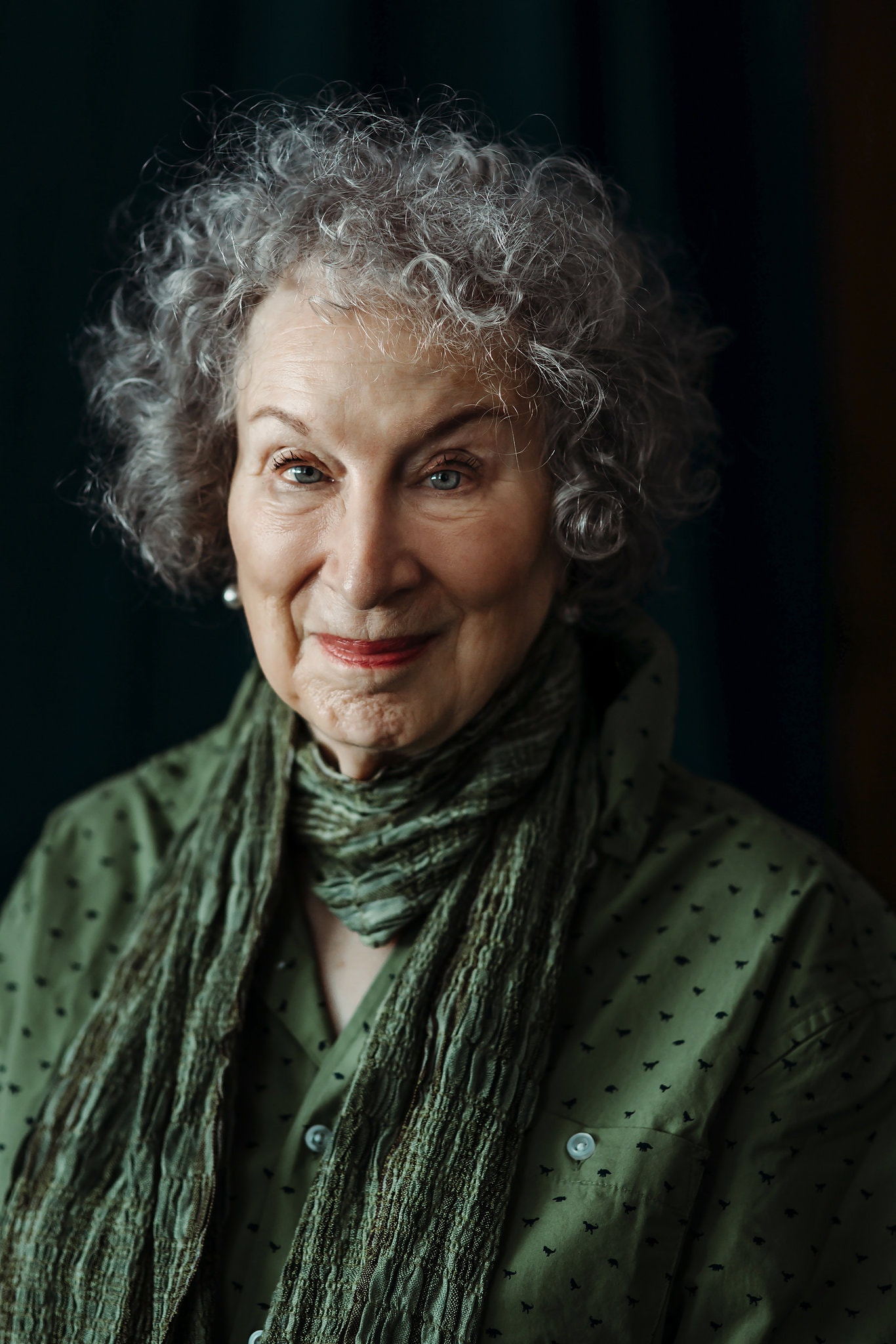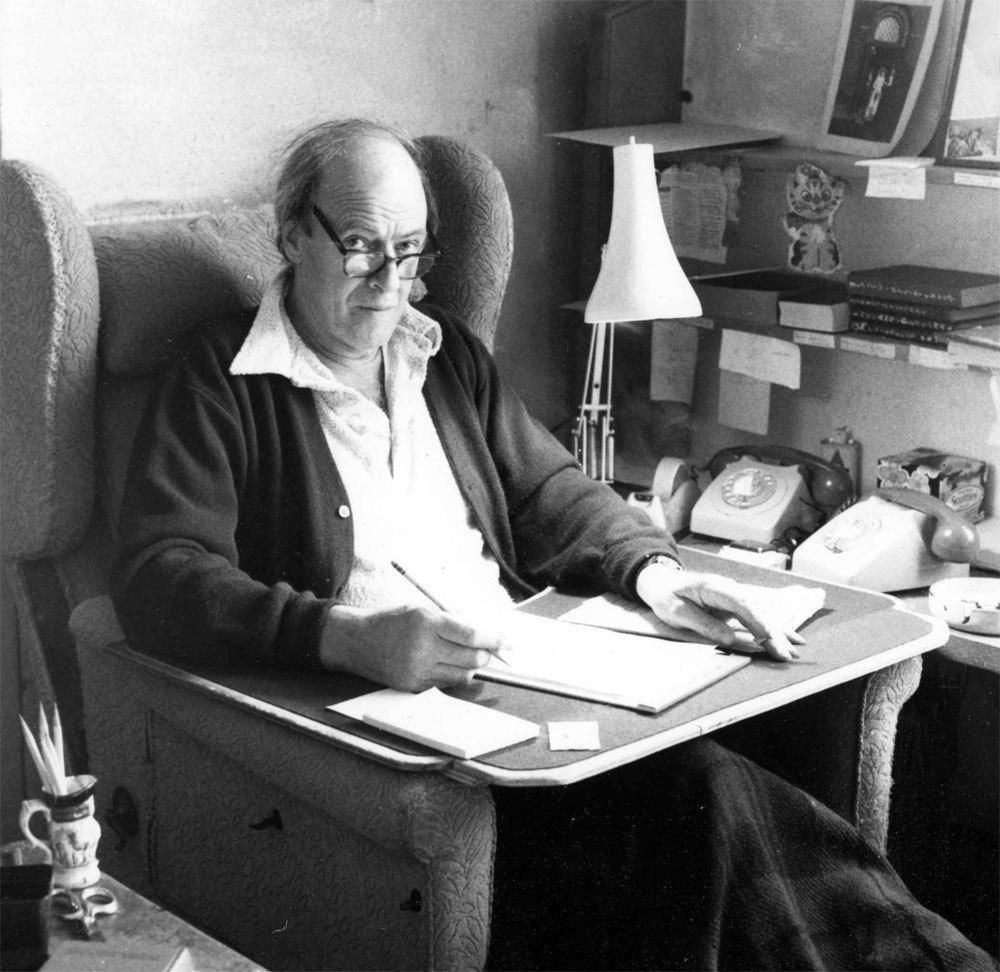Mismatched: A cute, fun story
Don’t listen to your friends. Mine told me to watch ‘Mismatched’ on Netflix. I did and now, the story is stuck in my head and I can’t get it out. The second season of the series hasn’t been announced yet. Though the producers are likely to do so in the near future, thoughts like “What if they don’t?” and “How long do I have to wait?” are slowly sucking the air out of my universe. The six-episode first season ended on a cliffhanger.
Released on Netflix in November 2020, Mismatched, written by Gazal Dhaliwal, is based on Shandhya Menon’s 2017 young adult novel “When Dimple Met Rishi”. In the rom-com, a girl and a boy are set up to meet (and eventually get married) by their families. The girl, Dimple Ahuja, doesn’t want to “settle down”. She is intent on building her career. However, when she meets Rishi Singh Shekhawat, at a three-month coding program she is enrolled in, the two become friends and eventually fall in love.
The premise is simple. It’s every other rom-com you have ever watched: Boy meets girl, they fall in love, but then there’s a conflict to spice things up. But what makes Mismatched different is definitely the cast. I liked the actors and their interpretations of their characters. They are all believable and charming in their roles—even the annoying ones.

Dimple, played by one of India’s most popular YouTubers, Prajakta Koli (you might have heard of mostlysane) is fascinating and frustrating at the same time. You see yourself or your friends in her, and then you don’t. You love her, and then you hate her. She is every girl.
It's hard not to be smitten by Rishi—the dashing Nepali actor Rohit Saraf who has been a part of movies like ‘Dear Zindagi’, ‘Hichki’, and ‘The Sky Is Pink’. He is gentle, soft-spoken and kind. He is the friend you want, and the boyfriend you wish you had.
In the role of Professor Sid is actor, MTV VJ, and host of the popular reality show Roadies, Rannvijay Singh. He shines in his role of a sarcastic, no-nonsense teacher who believes in being strict to push his students to be the best versions of themselves. Even if that means he is misunderstood and feared.
And, remember Vidya Malvade who was the captain of the Indian hockey team in the Shahrukh Khan-starrer ‘Chak De India’? In Mismatched, she is a 41-year-old widow trying to start a new life and is back at school. As Zeenat Karim, she is adorable and you wish she had been given more screen space.

Mismatched touches on a few critical issues but doesn’t do any of them justice, choosing instead to focus on Dimple and Rishi and their love story. In doing so, it misses out on telling stories—of a closeted lesbian, and a guy suffering from alopecia, for instance—that could have started important conversations. There is a lot of potential for that, with actors and characters who could have pulled it off with ease. There are also a few glitches and oops moments in the storyline—wrinkles that neither the writer nor the editor thought of ironing out.
However, Mismatched is as entertaining as entertainment can get. With short episodes, you could watch the entire first season in a single afternoon. But be warned, you will spend the rest of the weekend wishing there were more.
Rating: 3/5
Genre: Rom-com
Actors: Prajakta Koli, Rohit Saraf, Rannvijay Singh, Vidya Malvade, Aditi Govitrikar
Director: Akarsh Khurana & Nipun Dharmadhikari
Run time: Six episodes of 30 minutes each
Contemplations on life: A book review
Margaret Atwood is one of the world’s most acclaimed writers. She is a novelist, poet, essayist as well as short story writer who has won numerous awards and accolades. Though mainly known for her novels—especially ‘The Handmaid’s Tale’ that was made into a television series, and its 2019 sequel, ‘The Testaments’, which won the Booker Prize—you’d be missing out if you didn’t read her poetry collections. I’m not a big fan of poetry but Atwood’s poems strike a chord and make me think.
As Atwood herself puts it, “Poetry deals with the core of human existence: life, death, renewal, change; as well as fairness and unfairness, injustice and sometimes justice. The world in all its variety.” “Dearly” is Atwood’s 12th poetry collection but her first in over a decade.

Dedicated to her long-time partner Canadian novelist Graeme Gibson who died in 2019, Dearly is a collection of poems that celebrate life. Many of the pieces were apparently written in anticipation of Gibson’s death. He was suffering from dementia.
The poems in the anthology were penned over a period of 10 years, between 2008 and 2019. In the introduction, Atwood says she stored the poems in the drawer, and then when she felt she had enough (to publish), took them out and separated them into sections.
These are poems about memories, loss, ageing and endings, and new beginnings. They are also about everyday objects, routine, and birds and animals. You will also stumble upon love poems about zombies and tributes to women who have been raped and murdered.
The common thread is that all these poems make you reconsider your beliefs and ideas. In fact, there is something about Atwood’s writing that makes you do that—go into this zone from where things look a whole lot different.
Reading Dearly also makes you pay attention to the nature around you as Atwood describes the environment around her, in her hometown in Canada. These poems, inevitably, make you think of the challenges the world faces today—mostly the environmental degradation that we have let go unchecked.
Yet there are also poems you struggle to make sense of. Some don’t really communicate what you feel they are trying to convey. But you still find yourself going back to them to pick up clues you might have missed. That’s the power of Atwood’s writing. She is brilliant at evoking vivid imagery and her poetry is as fine as her prose, if not finer. All in all, Dearly is a sensitive understanding of what makes us human and the way Atwood describes the world makes you fall in love with it a little more.
Poetry
Dearly
Margaret Atwood
Published: 2020
Publisher: Chatto & Windus
Language: English
Pages: 124, Hardcover
When Sanjay Dutt sleepwalks through a film: A movie review
Originally produced for a theatrical release in 2019, the Sanjay Dutt-starrer “Torbaaz” had a couple of postponements before it was finally released on Netflix on December 11. It was only natural for a film with the charismatic Dutt as the main lead to draw the attention of this reviewer, who was otherwise already halfway through a recently released Indian series.
So Bollywood’s badass Dutt plays Naseer Khan, a doctor who’s revisiting Afghanistan to volunteer in an NGO that helps displaced children in refugee camps. From the start of the movie, we’re told that Dr Khan has some really bad memories of the place from his previous stay there as an employee at the Indian Embassy.
Khan is traumatized with the memories of Afghanistan, to the point he even dislikes the children there. We later learn that Khan’s wife and son had died in a suicide bombing carried out by a local Afghani boy he knew. But still, being the good Samaritan that he is and with respect for his wife’s humanitarian works, Khan makes peace with his fear and hatred to support the children of a rural Afghan community.
At the camp, he meets some young Afghani and Pakistani boys who have a huge interest in cricket. As an ode to his late son who was a cricket enthusiast and an aspiring player, Dutt decides to become a coach to the children and start a cricket team.
But it’s not as easy a task as he assumes, especially with the entry of the notorious warlord Qazar (Rahul Dev) in the region. Qazar is a Taliban leader who uses children to conduct suicide bombings across the country and is in search of escaped children from Pakistan, who coincidentally are a part of Khan’s cricket team.
Torbaaz’s story and screenplay—although originally written for a Bollywood-level production—seem more to meet the criteria of independent films made for OTT releases. With evidently more budget than these independent films and subjects like cricket and children as suicide bombers that could evoke audience passion, there seems nothing that can go wrong.
Unfortunately, the film’s biggest asset turns out to be one of its pressing liabilities. At the risk of arousing the wrath of Sanjay Dutt’s longtime fans, there’s no better way to say what I am going to: he is a total disaster in the film. This has to be one of his laziest performances where he does not even attempt to get into character. In this film, Dutt is not a distraught father and husband, much less a convincing doctor or a cricket coach. Instead, he’s just the actor Sanjay Dutt reading out a script without bothering to understand his character. Wonder what director/producer/writer Girish Malik was doing through the shooting.
Dutt’s inclusion in the movie also gives it too much Bollywoodish aura—which is not ideal for OTT audiences. Any other actor who doesn’t come with such a large baggage of Bollywood would have fared better, making the entire production seem more mature.
So the child actors who seem to be cast from among the locals in the area perform better under the guidance of acting coach/acting workshop director Mayank Dixit.
Also commendable is Hiroo Keswani’s cinematography. Keswani shows Afghanistan in a different light than what we’re used to seeing. Portrayed in most Bollywood and Hollywood movies as a violent region full of deathly deserts, Afghanistan in Torbaaz gets a more humane, scenic, picturesque touch, almost to the point of it appearing like an attractive tourist destination.
Who should watch it?
Although the film stars Sanjay Dutt, we humbly request his fans to avoid it in order to avoid a big disappointment. Versatility has never been his forte and Torbaaz is definitely not his cup of Afghani tea.
For the rest of the audience, you can at least watch the movie for the children’s efforts and to see an entirely different side of the ‘war-torn’ Afghanistan.
Rating: 2.5 stars
Genre: Action thriller
Actors: Sanjay Dutt, Rahul Dev
Director: Girish Malik
Run time: 2hr 12mins
Smiling from ear to ear: A book review
“Matilda” and “The BFG” by Roald Dahl are two of my all-time favorite books. They make me happy. They also make me laugh till my belly hurts. But then so do “The Twits”, “James and the Giant Peach”, and “The Witches”. Dahl’s writing weaves a spell and takes you into unique, captivating worlds from where you never want to leave.
Fun fact: almost every book by Dahl has a song or verse. Not counting nursery rhymes, it wouldn’t be a stretch to say that Dahl’s books are where I first got introduced to poetry. These aren’t regular poems. Laced with humor and lessons, they are little stories in their own right. So, you can imagine my delight when I stumbled upon a copy of “Songs and Verse” at Ekta Bookstore in Thapathali, Kathmandu, when I was browsing through their children’s section recently.
[Disclaimer: I don’t have children but I can often be found at bookstores hunting for a fun children’s book or two. There’s a certain charm in rediscovering children’s books as an adult. Surprisingly, it can give you new perspective on things. Children’s books are filled with important life lessons and they can be quite comforting too.]

Songs and Verse has seven sections—with rhymes about magical creatures, monsters, and dreadful children as well as adults. If you have read and loved Dahl books, you will be familiar with many of the poems in this collection but there are also some previously unpublished works that are delightful. There’s a verse that Dahl didn’t include in “Charlie and the Chocolate Factory” because he felt he had created just too many ghastly children and that there was simply no room for one more.
The book has a foreword and opening illustrations by Quentin Blake, who has previously illustrated 18 of Dahl’s books. The publisher has also roped in many talented young illustrators as well as award-winning artists such as Babette Cole, Lauren Child, Chris Riddell, Alel Scheffler and Tony Ross, to name a few, to work on the book. The end result is a fascinating hodgepodge of stories that jump out of the pages.
I have taken to reading a verse or two at bedtime and I love it. It’s how I unwind. No matter how difficult things have been, Dahl’s verses reassert life’s beauty and remind me of the importance of finding joy in the little things. It helps end the day on a positive, merry note, and I go to sleep smiling.
Published: 2005
Publisher: Puffin Books
Language: English
Pages: 191, Paperback


















